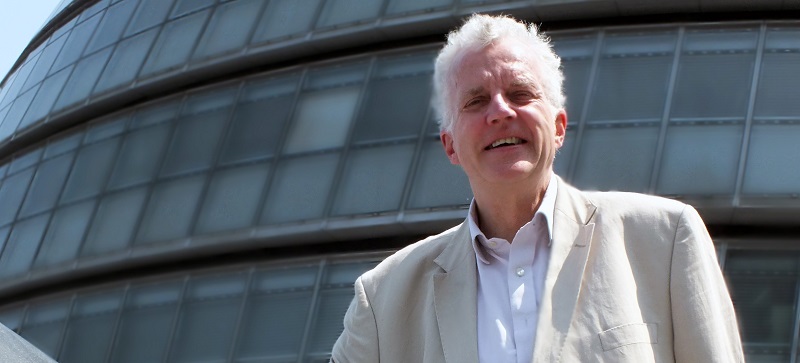The most remarkable aspect of my trip to India is not that the country has been transformed by massive economic growth, but that it is, in fact, so little different than when I first visited in 1991. Sure, there is now a highway between Mumbai and Pune, cutting the journey from six hours to around three, but even the new highways are rather unlike motorways elsewhere in the world. You can still find cars driving the wrong way, or people wandering on the side.
But away from the occasional new highway, the roads are still one lane windy affairs that offer plenty of scope of head on crashes and very little for rapid progress. The trip from Sitara to Goa, some 400 kilometres took eight hours even though part of it was on a good four lane road. Transport, therefore, is still a major barrier to the rapid transit of goods, but in a way that was so comforting. The eight hour journey in a coach was, in fact, a joy, with so much to see out of the windows. Getting there was definitely part of the holiday.
What is more soulless than a trip on a motorway or, indeed, on an internal flight which we took for the return to Mumbai? India is a place where you can still travel, rather than simply whizz through. In terms of economics, too, the slow transport system does not necessarily stymie growth. By limiting the ability of producers to send their goods quickly around the country, local enterprise is encourage. Of course conventional economic wisdom is that this is highly inefficient, but, in fact, it may well benefit many local people who would lose their jobs were there a speedier transport system.
We are slaves to the idea that rapid transport is the key to economic progress. Yet, having efficient transport systems can leech out jobs from distant areas, rather than creating them.
